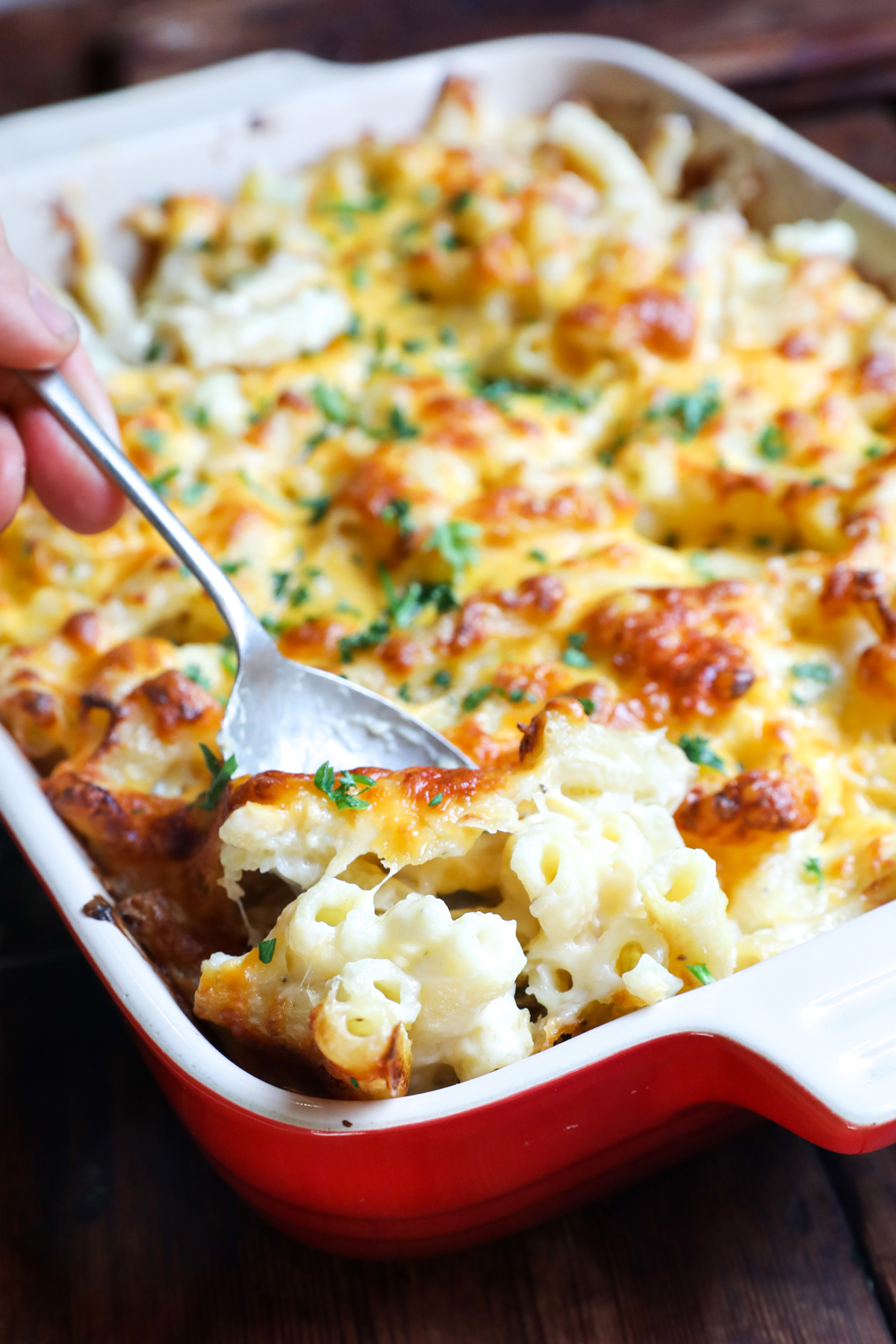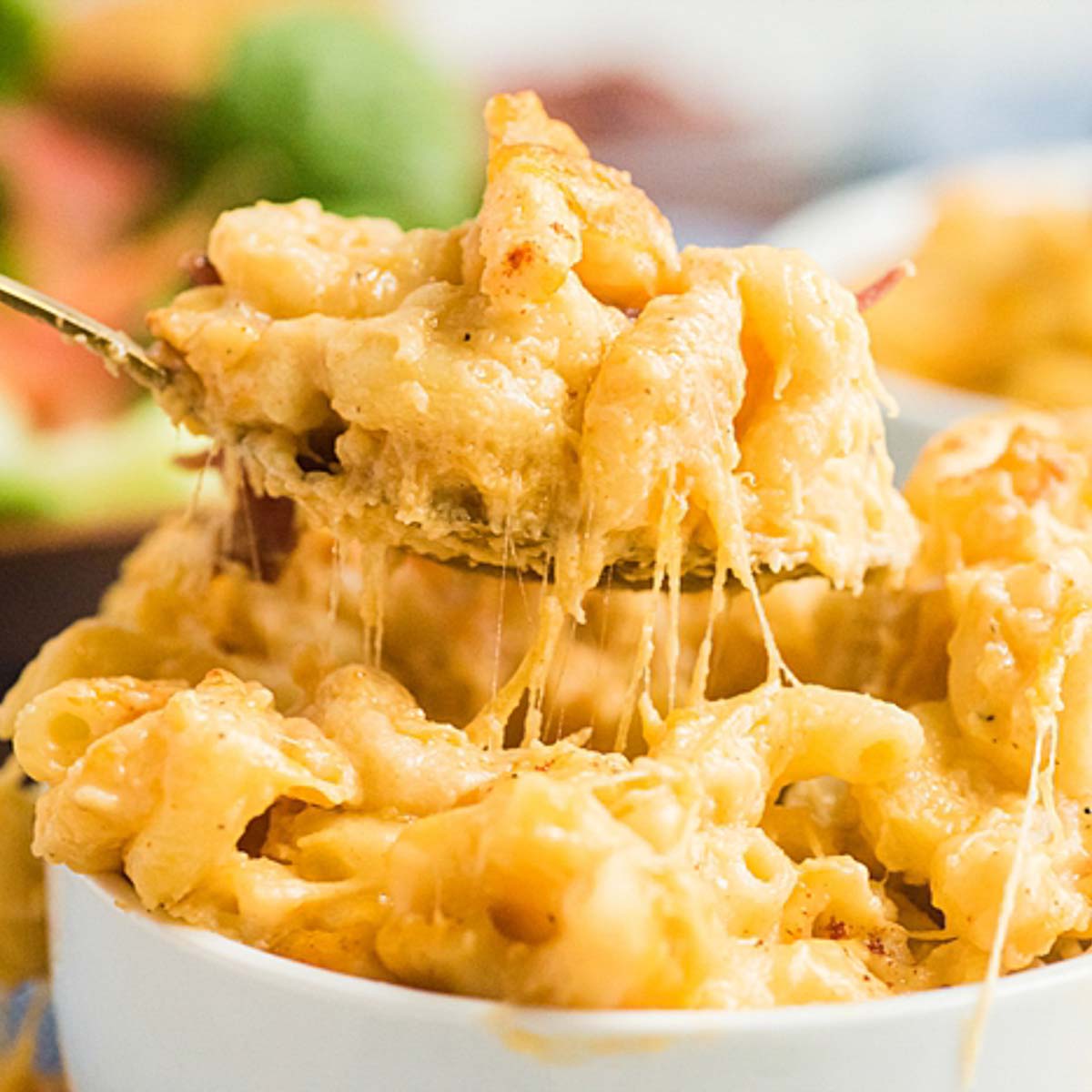

MAKING A RUE FOR MAC AND CHEESE REGISTRATION
Use of and/or registration on any portion of this site constitutes acceptance of our User Agreement (updated as of 1/1/21) and Privacy Policy and Cookie Statement (updated as of 1/1/21). Legal Notice Do Not Sell My Personal Information. Top photo: Rhoda Boone Middle photos: Shutterstock Bottom photo: Gieves Anderson Ready to start cooking? Get the recipe for Our Favorite Macaroni and Cheese right here

Learn more about how we built a better mac in the latest edition of Recipe Project. Instead, wait for your béchamel to reach the right thickness, then add the cheese in three batches, making sure each batch is completely melted before adding more cheese. But don't add your cheese too fast or too soon, or you could end up with clumpy, greasy chaos instead of creamy, cheesy deliciousness. And don't forget to season your base.Īdd cheese to béchamel and you have mornay sauce (or in some cases, queso), which sounds fancy but is actually just a creamy cheese sauce. Follow this advice for a super-smooth sauce. So mix cold roux with hot milk, or in most cases, hot roux with cold milk. One important tip: you must combine hot and cold elements or your béchamel can end up lumpy.

This classic white sauce is one of the five "mother sauces" of French cuisine and is wonderful on its own-but it also serves as a base for many other dishes. Try running your finger across the back of the spoon and if the line holds, the sauce is ready. Stir milk (or milk and cream, like in our recipe) into roux, and cook, stirring, until thick enough to coat the back of a spoon, and you have a béchamel sauce. Blond rouxs are used in many stews, sauces, and gravies, while dark brown roux is the base for Cajun gumbo. Our Favorite Macaroni and Cheese recipe uses a so-called "white" roux, which is heated to cook out the raw flour taste until it is just light golden in color. The longer you cook a roux, the nuttier the flavor will be, but as the flavor intensifies, the thickening power decreases. The ratio of fat to flour is usually about 1 to 1 (by weight, not volume) and rouxs are used to thicken many soups and sauces. Sprinkle bread crumbs and remaining cheese over top and bake for 35 minutes until a nice crust forms on the top.A roux is a basic thickening agent made by stirring flour into warmed fat (like oil, bacon fat, or melted butter) and cooking the two until a paste is formed. Pour macaroni and cheese into a 2 quart baking dish.


 0 kommentar(er)
0 kommentar(er)
